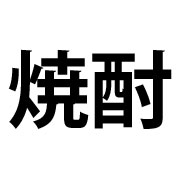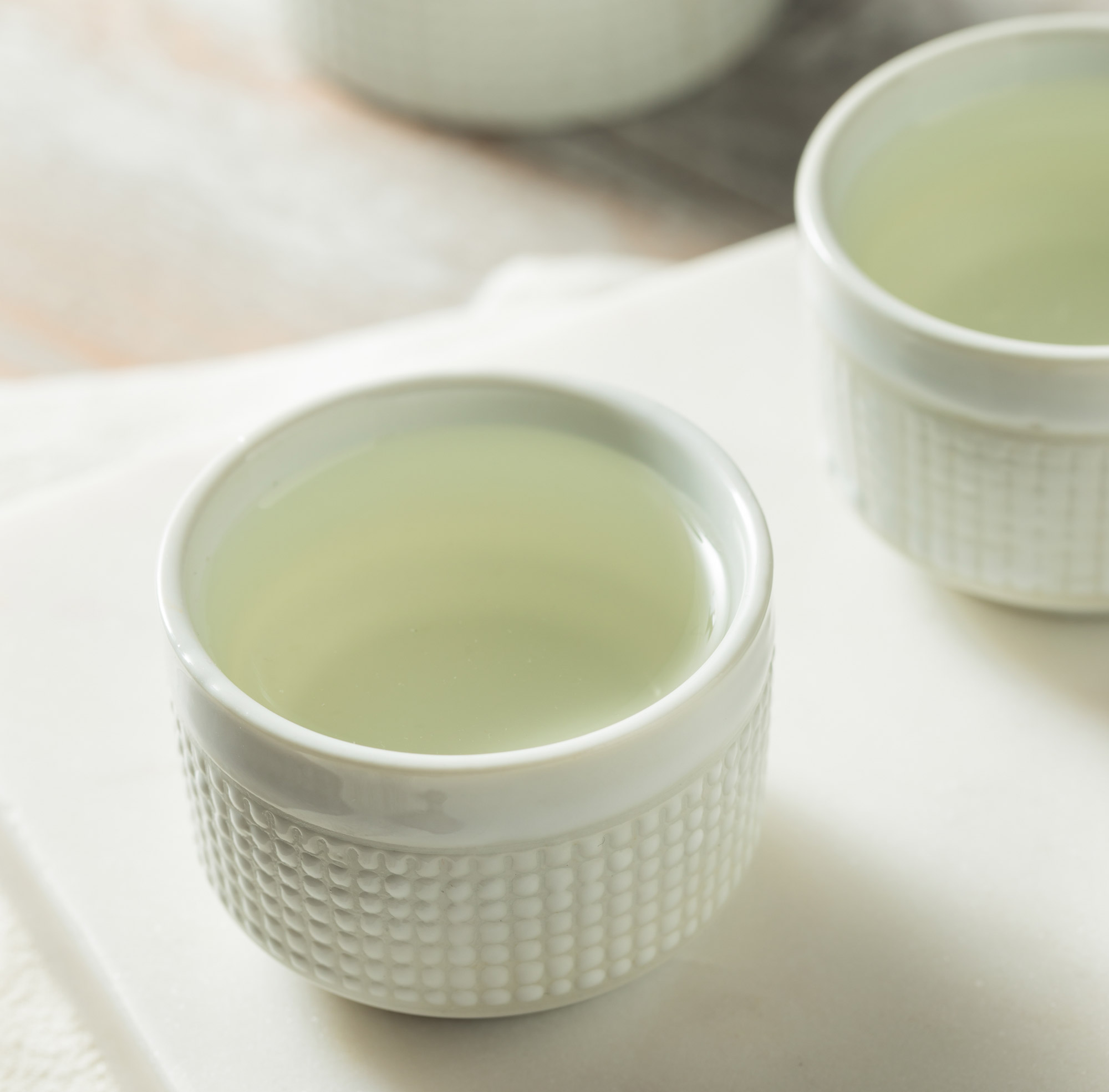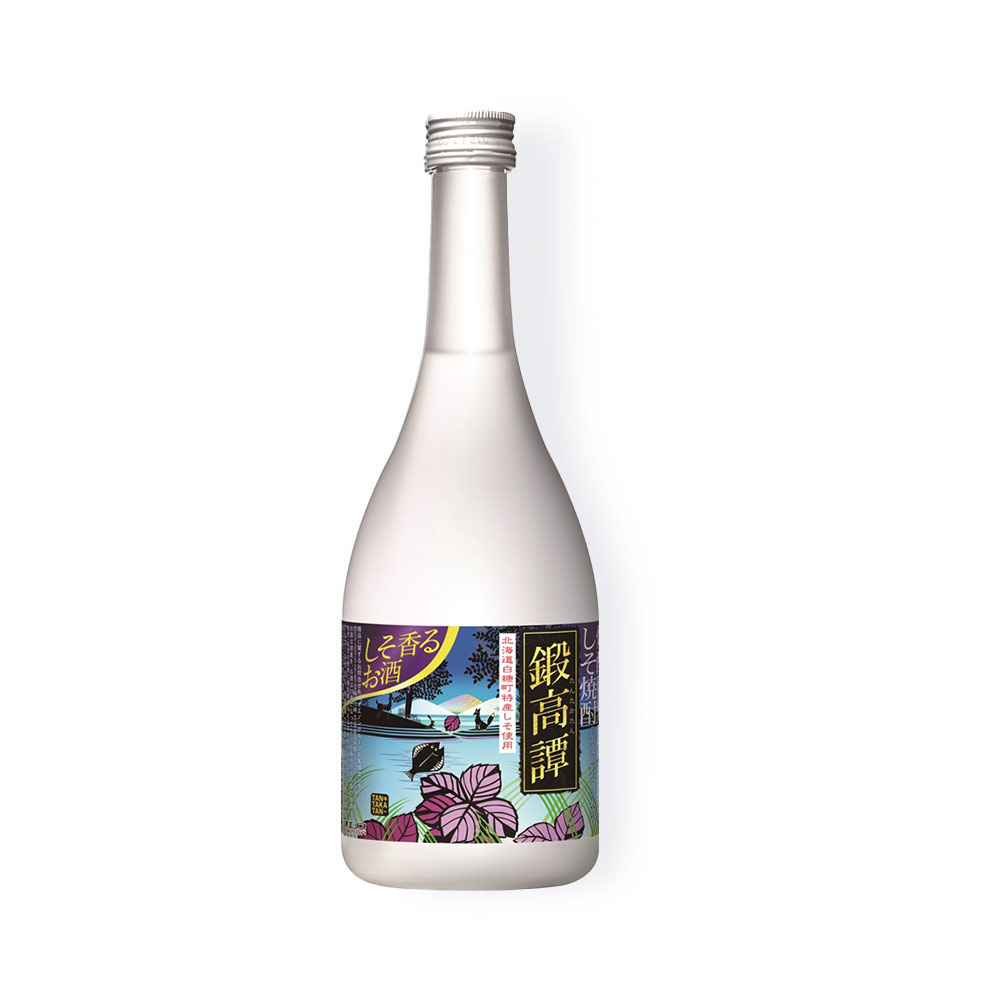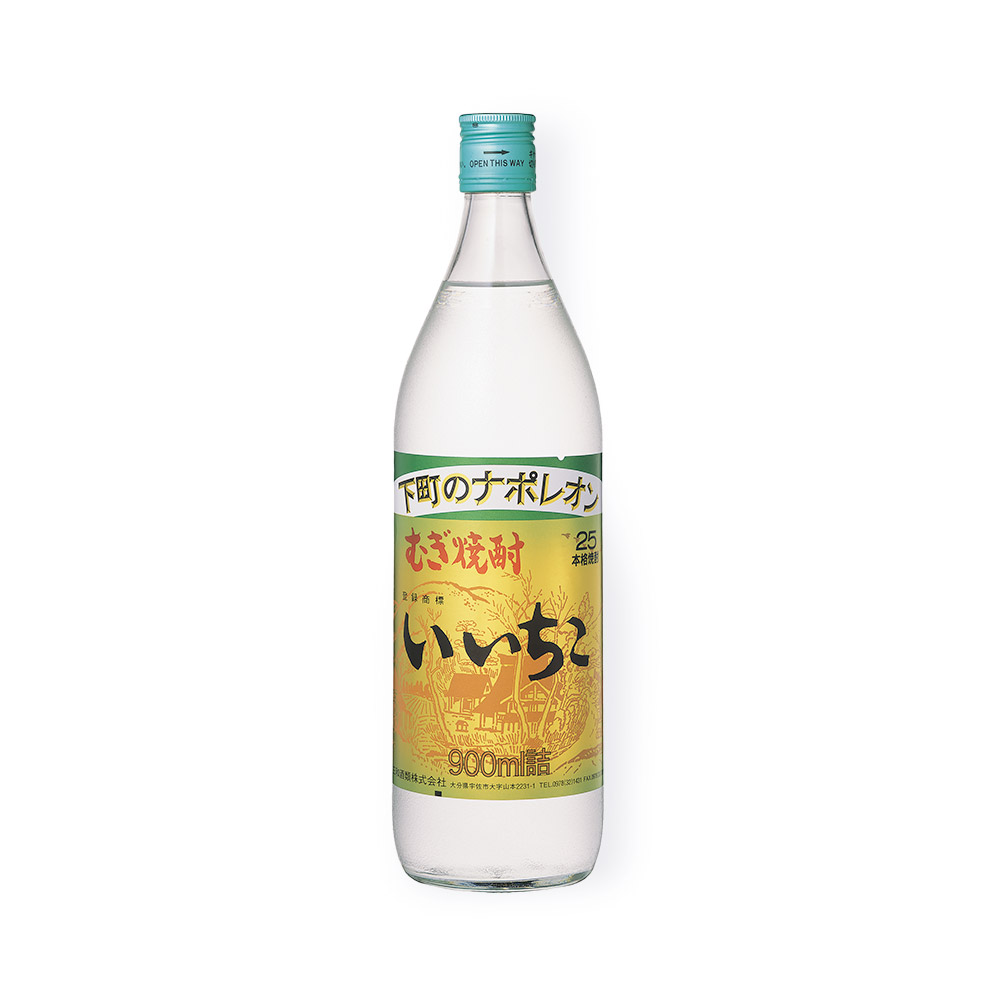
SHOCHU
Traditional Japanese Spirits
Notables:
- Ingredients focused flavour
- Versatile serving style
- Some well-publicized claims of medical benefits
Products
Our Selection of Premium Shouchu
History of Japanese Shochu
Shochu is a traditional Japanese distilled beverage. Unlike saké which is only brewed from rice, shochu can be produced from a variety of ingredients including sweet potato, barley, buckwheat, rice and shiso herbs to name the most popular. Shochu generally has an alcohol content of 20%, 25%, and 40%.
There are two classifications of Japanese Shochu: Otsu-rui (or Honkaku) Shochu and Ko-rui Shochu. Otsu-rui Shochu is regarded as traditional and is made with a single distillation process. Ko-rui Shochu is made by consecutive distillation and produces a high degree of purity and clear taste.

It is believed that shochu was first introduced to Japan by Siam (now known as Thailand) through Okinawa, the southern tropical island. From there, the techniques of Shochu Distillation were shared across Japan. The earliest evidence of Otsu-rui Shochu appears in the 15th century, while Ko-rui Shochu and techniques of continuous distillation were first seen in the 19th century.
Shochu can be enjoyed in many different ways.
- On its own. Enjoyed straight at a variety of temperatures, or on the rocks.
- Mizuwari (‘cut with water’): Shochu is poured over a glass of ice, then mixed with cold water to a ratio of 3:2 for shochu to water. This provides a milder taste with gentle aromas.
- Oyuwari (‘with hot water’): Shochu is poured in a heat-resistant glass, followed by hot water. This helps enhance the aromas of the shochu.
- Sodawari (‘with soda water’): Mixing shochu with soda is a refreshing and light way to enjoy the beverage. This is often paired with a squeeze of citrus.
- Shochu highball. A shochu highball or cocktail is a versatile option to enjoy shochu. Often, shochu is mixed with tea or juices and soda. Ko-rui Shochus are a great option for shochu highballs and cocktails.





